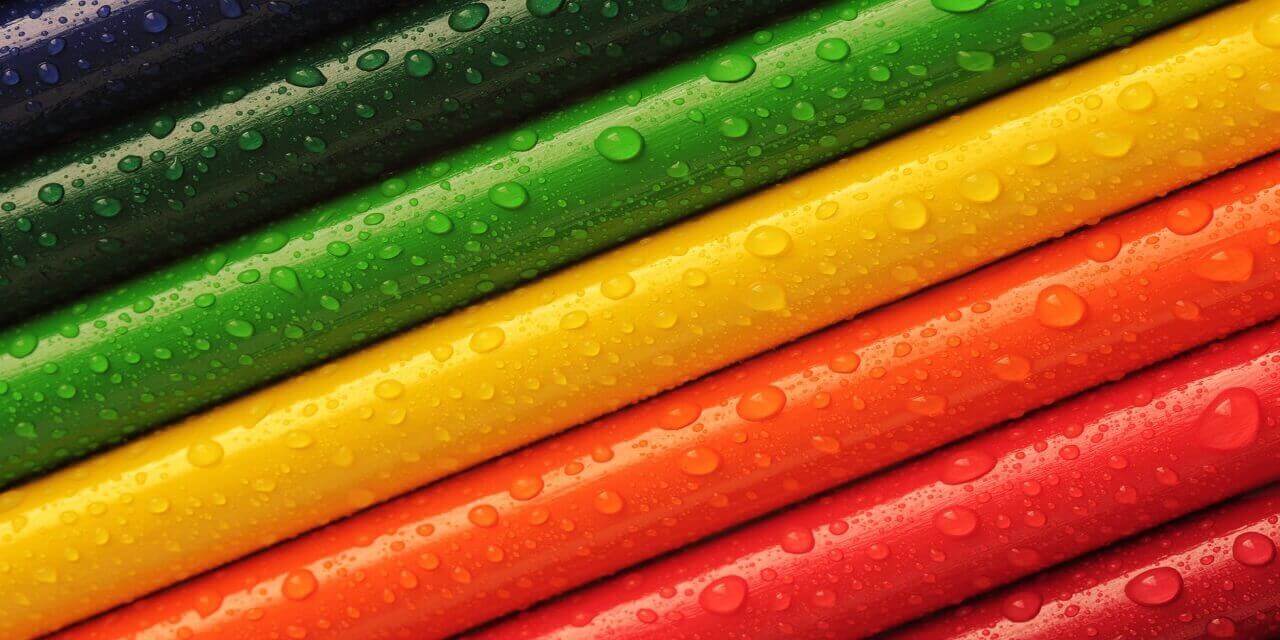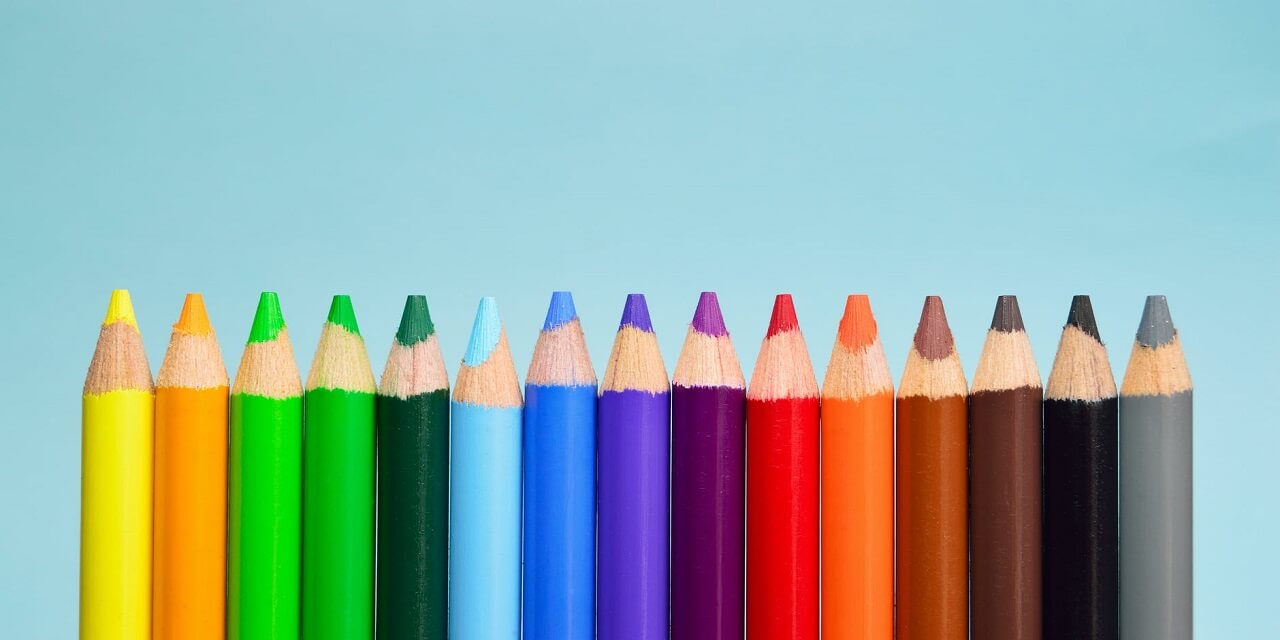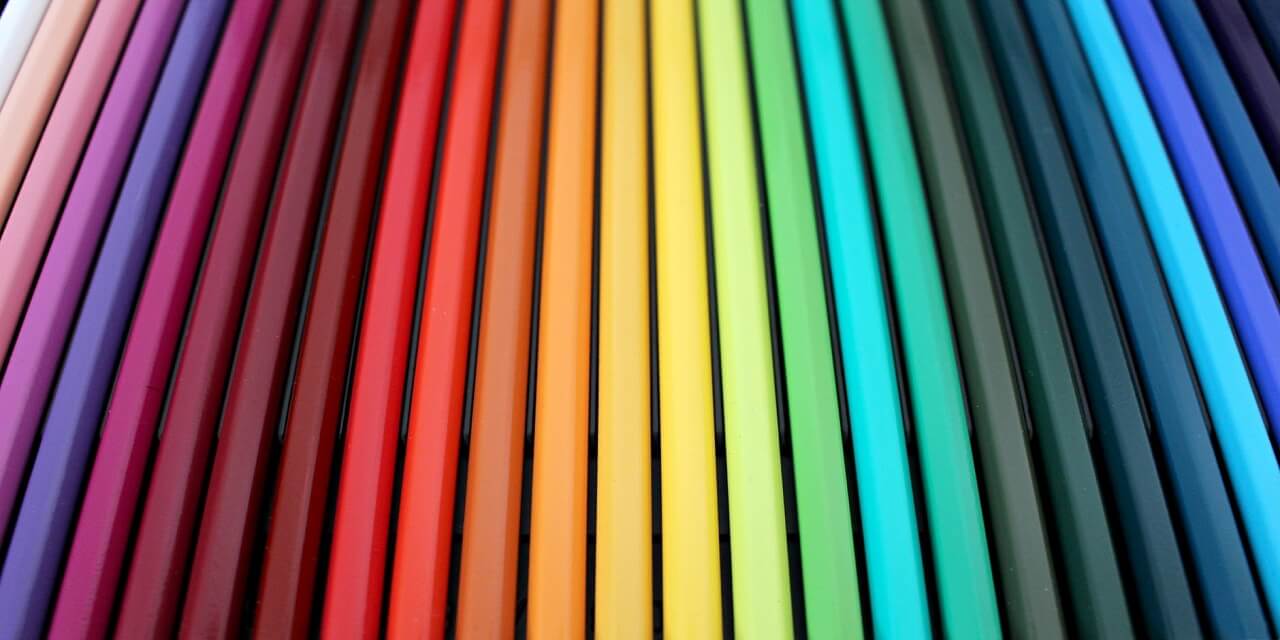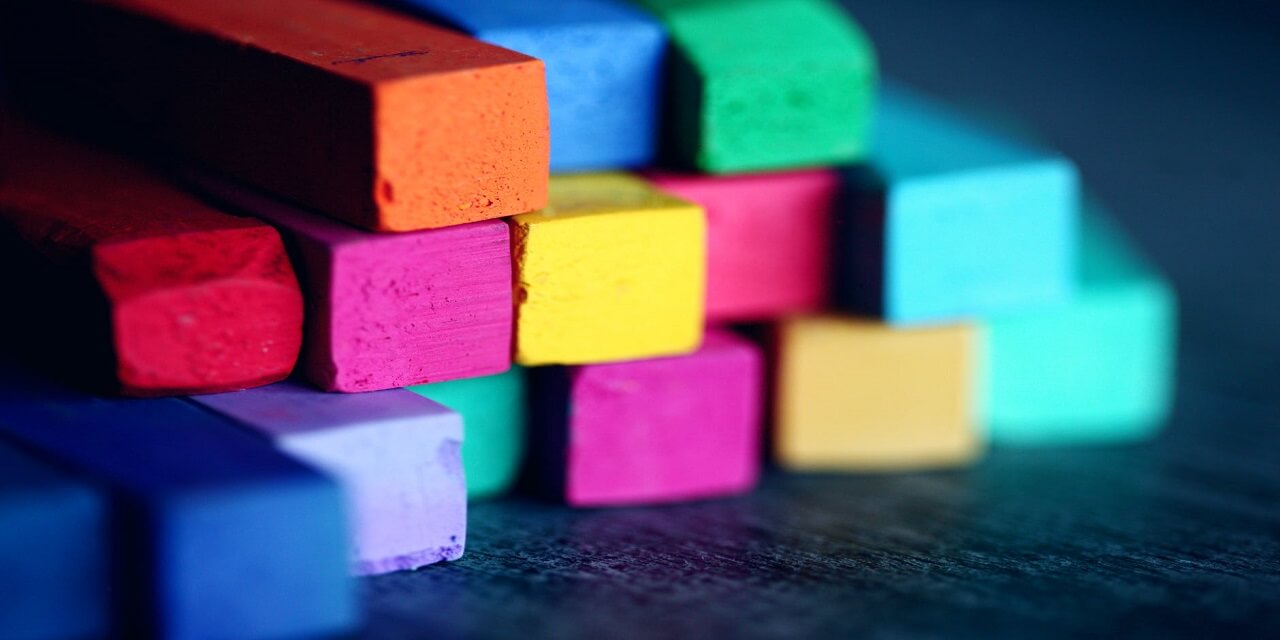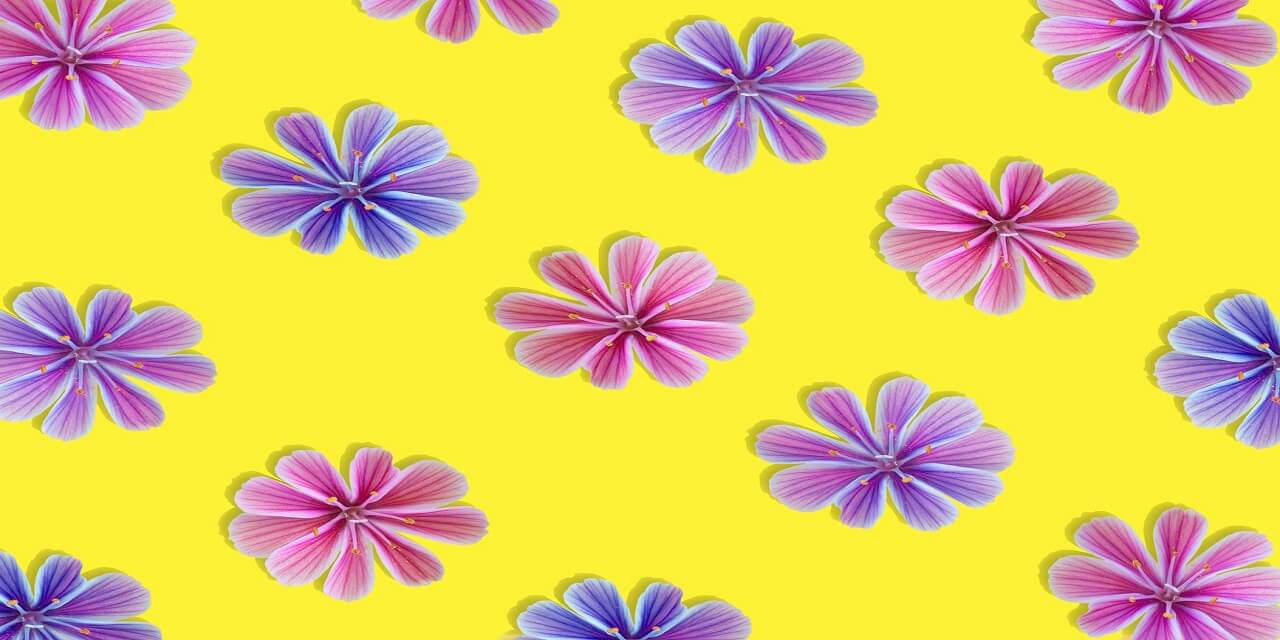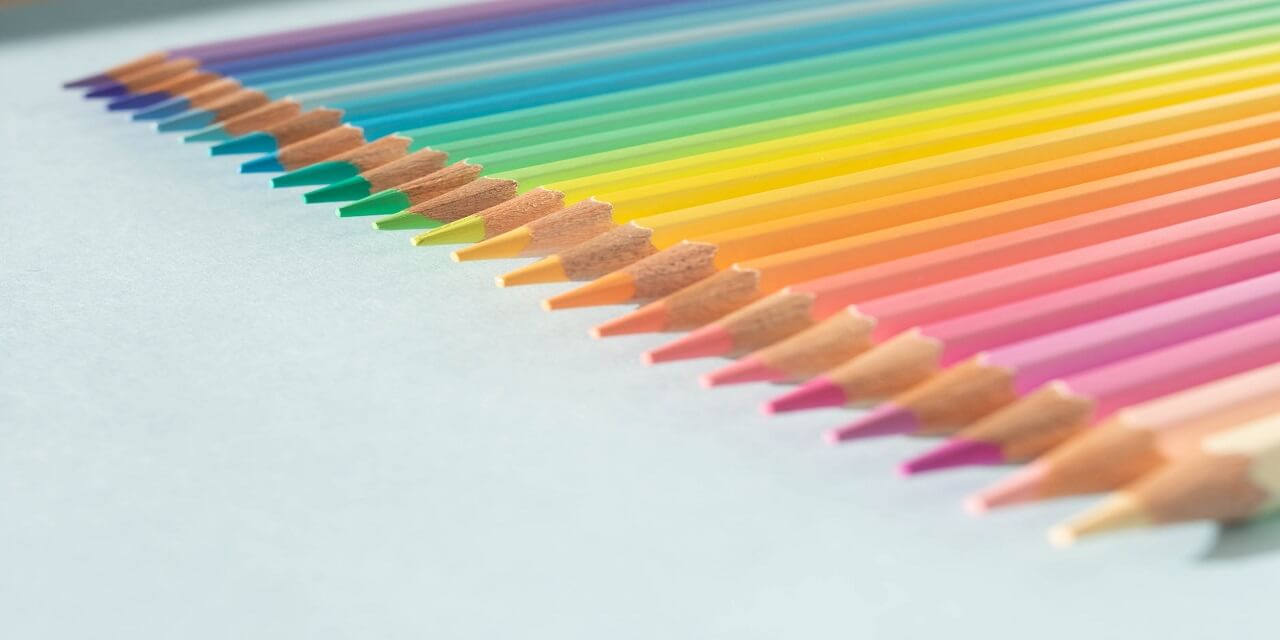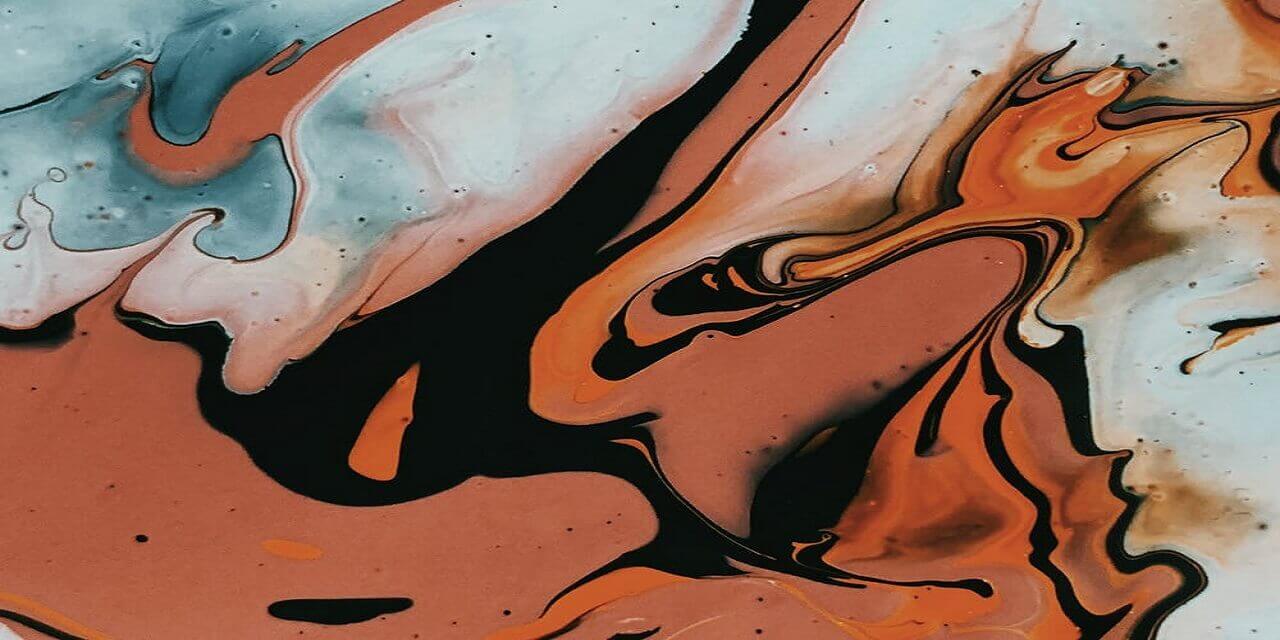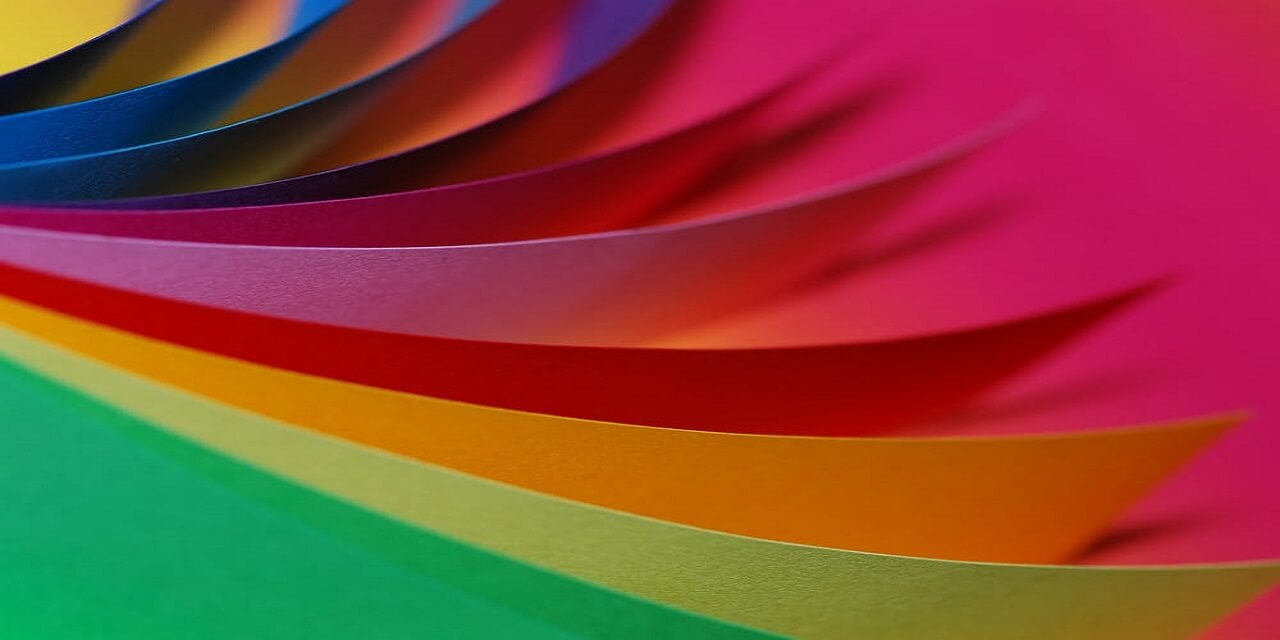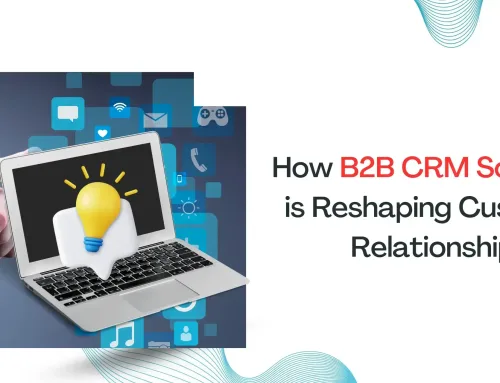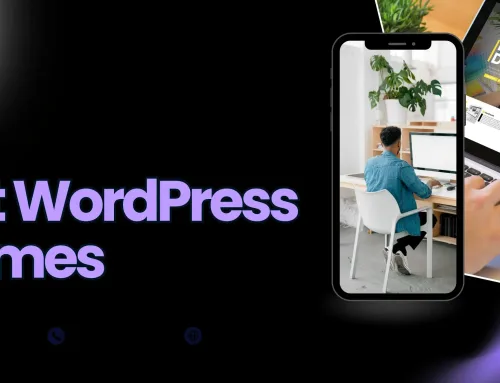The efficiency of your website has the power to make your business stand out among other platforms out there. Web design is crucial because it influences the perception of your site visitors which may include your target audience.
That’s why it must be appropriate and impactful. One of the ways you can produce such an Internet site is by using the best colors for your web design.
Color greatly contributes to the brand’s general image. It makes people think of something and feel something towards your business. Consequently, color encourages people to do something or act in a way you desire them to, benefiting their needs and profiting your venture. For sure, when you use the right colors for your web design, you can make things work as you plan and please.
Remember, the colors you choose can either harm or help your business. Of course, your aim is the latter. Here are the top 9 tips to pick the best colors for your web design. Utilize them for your own advantage, and see the boons waiting for you!
1. Understand the Effect of Colors to Human Emotions
Some colors make people go, “Awww!” Some also make people go, “Ugh!” That’s because colors affect emotions, and it is a must for you to understand how that happens.
This is when valuing the purpose of color psychology becomes most vital. Being the study of colors relative to human conduct, color psychology allows you to distinguish how every color shapes every person’s decisions and actions. Particularly, the focus here is the purchasing manners of people as a result of the emotions that incite them to act as they do.
A single color can have more than one meaning, so stopping at the first number on the list of color meanings is not the best thing to do. Red is tied to the excitement, action, and passion. It captivates attention, yet sometimes, it also warns you of danger.
Blue connotes calmness and peace, yet it expresses coldness too. Green is associated with growth, health, and money. Yellow radiates a bright and happy feeling as it is always linked to sunshine. Orange stands for adventure and creativity. Pink conveys love and femininity. These are just some colors and their emotional impact on humans.
Aside from necessity, people sometimes choose one item over another because of a more impressive visual appeal. Color is one of the main aspects that motivate them; it is always a pivotal feature that no one can just ignore.
Once you fully grasp the twists and turns of color psychology, you can find and arrive at the pathway to a successful web design.
2. Understand the Rules in Design and Color Combinations
After comprehending the individual implications of colors through color psychology, the next thing to realize is mixing and matching each of these hues together. Understand the rules in design and color combinations, so you can decide on the schemes to stick to.
Be mindful that judging which tones suitably fit when united cannot be recklessly winged. Observe the primary instructions about the essence of combinations. Color theory is key. Learn how the color wheel works. Cognize the six major color schemes: Monochromatic, Analogous, Complementary, Split-Complementary, Triadic, and Tetradic.
Moreover, consider the proper contrast, vibrancy, and sharpness for your website colors. These can grab the audience’s attention in a good or bad way. Their coordination is weighty.
When you know how color compatibility functions, you can avoid eye-sore palettes that will shoo site visitors away, and you can employ patterns that people will surely love.
3. Consider Geographical Location
Color psychology is a broad topic. Talking about one color alone can lead you to search for more than five interpretations. Additionally, its diverse shades have explanations and effects. Involved in understanding how colors affect human emotions is considering the geographical location of your target audience and/or of the country you’re in.
Cultural associations are critical factors to look into, especially nowadays when most brands aim to achieve vast reach, up to international levels.
Be very careful when your brand has a lot to do with cultural considerations because, for some countries, a certain color is positive, but for others, it’s negative. In this sense, wisely use colors related to cultures, so people won’t mistake your purpose for something untoward.
4. Focus on the Gender of Your Target Audience
For gender-specific products and services, needless to say, your web colors should focus on the gender of your target audience. If you cater to men, what colors appeal to men? And what makes them hesitate? If you cater to women, what are their usual favorites? And what do they least like? Aside from general knowledge, research and surveys can help you big time!
5. Pick a Color that Clearly Represents Your Brand
Of course, you cannot skip the worth of colors to your branding. If you have already been using specific colors for your products, logos, and print ads before you have decided to create a business website, you can utilize them for your color palette. Nevertheless, it would help to consult an expert web design agency to ensure that you have the right colors for your brand.
With professional aid, you can determine the colors that clearly represent your brand. You need this, so you can relay your exact message and intentions to your target audience and present clients. Wherever you bring your brand, you bring these colors, so see to it that they are spot-on!
6. Forget About Your Favorites if they Don’t Suit Your Brand
A common error by an entrepreneur who doesn’t turn to a knowledgeable web design agency is selecting his/her favorite colors for his/her website. Well, it’s not wrong if your favorites are luckily the best colors for your site, however, that’s seldom the case.
Set aside your subjective tastes. Implement color psychology and color theory. Forget about your dear hues if they don’t match your brand. If you don’t, you can ruin the rest of the efforts made on your website design.
7. Let It Be Eye-Catching Yet Pleasant
The aim is to catch eyes and to be recalled, but achieving this does not exactly mean that your web colors have to be so flamboyant. Unless you can pull it off by some smart methods, that will not be a problem. But more often than not, if you’re not careful about the “I want to grab attention” agenda, your website can look messy and complicated. Let your web colors be striking yet pleasant to the sight.
8. Value Neutral Colors
Excitement is not the only emotion that businesses want to provoke, right? Right. You should not always concentrate on bright and flashy hues. They are not always the best. Value neutral colors too.
Indeed, they may not be so unforgettable, but neutral colors are fundamental for balanced color combinations, which will give comfort and ease to site visitors. They create a professional facade and give the eyes a pause when so many colors are around.
9. Consider Color Blind People
General knowledge is what you only know about your target audience. You’re not really aware how many and who among these people could possess color blindness.
Make your website accessible to all users, including color blind people, by precisely using colors and icons as they must be. Textures and symbols allow emphasis. As much as possible, go for minimal colors in your palette for minimal chances of difficulty and confusion.
WEBSITE COLORS
Selecting the colors for your web design is not as easy as it seems. Some think that it can be done in just a couple of minutes until they sit down and actually begin choosing and comparing hues. There are quite a lot of things to ponder on before you’re able to set some choices which will lead to your final bets.
Bear in mind that working with your team is also very significant. Brainstorming with regards to your brand image and advocacies is essential when taking care of your web design. Furthermore, you can ask for help from a professional web design agency for some advice or for their actual services. They are the best people to assist you concerning website colors.
The colors of your web design are extremely powerful. They can either pull up or bring down your business; there’s no other way. Experience their best rewards by picking the best colors for your website!
Nicole Ann Pore is the writer of this article
